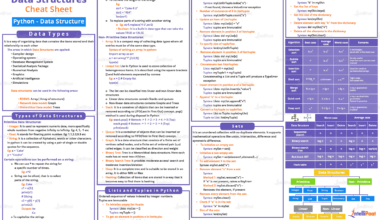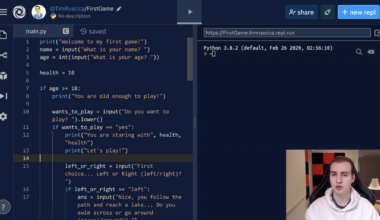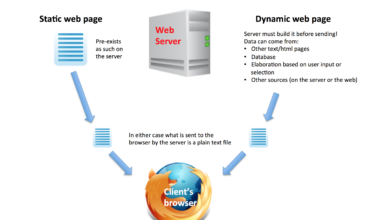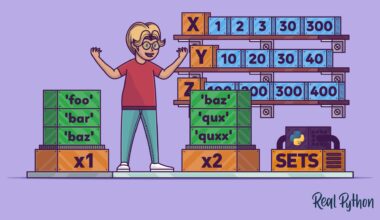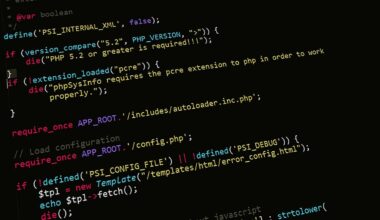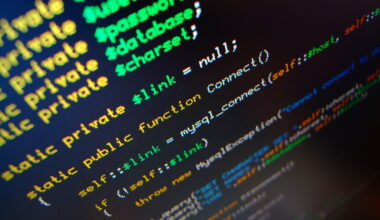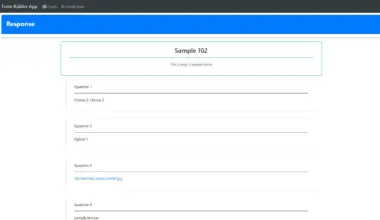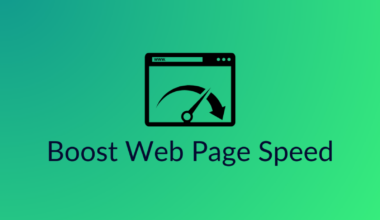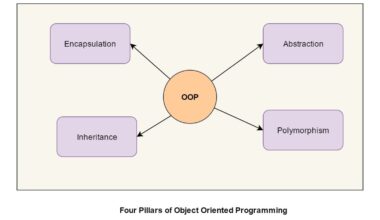Introduction to PHP Security
As one of the most widely used programming languages on the web, PHP is also one of the most vulnerable to security risks. In order to keep your PHP applications secure, it’s important to understand the common risks and vulnerabilities, as well as best practices for mitigating them.
PHP is a server-side scripting language used primarily for web development. It’s open-source and easy to use, making it a popular choice for developers. However, this popularity also makes it a target for hackers looking to exploit vulnerabilities.
PHP security involves protecting your application from attacks such as SQL injection, cross-site scripting (XSS), and code injection. These attacks can result in stolen data, compromised systems, and loss of reputation.
It’s important to note that PHP security is not just the responsibility of the developer. Web hosting companies, server administrators, and even end-users play a role in maintaining the security of PHP applications.
In this article, we’ll explore common PHP security risks and best practices for mitigating them. We’ll also look at tools for PHP security testing so you can ensure your applications are secure. By following these guidelines, you can reduce the risk of security breaches and keep your PHP applications safe.
Common PHP Security Risks
There are several common PHP security risks that developers need to be aware of in order to protect their applications.
1. SQL Injection: SQL injection is a type of attack where an attacker injects malicious code into a SQL statement. This can allow the attacker to execute arbitrary SQL commands and gain access to sensitive data. To mitigate this risk, developers should use prepared statements and parameterized queries.
2. Cross-site Scripting (XSS): XSS is a type of attack where an attacker injects malicious code into a web page viewed by other users. This can allow the attacker to steal data or take control of the victim’s browser. To prevent XSS attacks, developers should sanitize user input and use output encoding.
3. Code Injection: Code injection is a type of attack where an attacker injects malicious code into a PHP script. This can allow the attacker to execute arbitrary code and gain control of the system. To mitigate this risk, developers should use input validation and only execute trusted code.
4. File Inclusion: File inclusion is a type of attack where an attacker includes a file from a remote server into a PHP script. This can allow the attacker to execute arbitrary code and gain control of the system. To prevent file inclusion attacks, developers should use include functions that only allow local files to be included.
5. Session Hijacking: Session hijacking is a type of attack where an attacker steals a user’s session ID and uses it to gain access to the user’s account. To prevent session hijacking, developers should use secure session management techniques such as using HTTPS, regenerating session IDs, and using secure cookies.
By understanding these common PHP security risks, developers can take steps to mitigate them and protect their applications from attacks. It’s important to stay up-to-date on the latest security vulnerabilities and best practices to ensure the security of PHP applications.
Best Practices for PHP Security
Protecting your PHP application from security risks involves implementing various best practices that can help mitigate the risks. Here are some of the best practices that developers can follow to ensure the security of their PHP applications:
1. Keep PHP Up-to-Date: Keeping PHP up-to-date is one of the easiest ways to ensure the security of your application. PHP releases regular updates that include security patches to fix vulnerabilities. It’s essential to keep your PHP version updated to the latest stable release.
2. Use Latest Version of Frameworks and Libraries: Using the latest version of frameworks and libraries is important as they also release updates that include security patches. Developers should keep their frameworks and libraries updated to the latest stable version.
3. Secure Passwords: Passwords are one of the easiest targets for attackers. Developers should use strong passwords and implement password policies such as minimum password length, complexity, and expirations. Additionally, developers should hash passwords and never store them in plaintext.
4. Input Validation: Input validation is an essential practice to prevent code injection attacks. Developers should validate all user input and sanitize it to ensure it’s free from any malicious code.
5. Use HTTPS: Using HTTPS is an essential practice to secure data in transit between the server and the client. Developers should use HTTPS to secure communication between the server and the client by encrypting data.
6. Use Prepared Statements: Prepared statements are a powerful tool to prevent SQL injection attacks. Developers should use prepared statements to prevent SQL injection attacks by sending the parameterized query to the database server.
7. Limit User Access: Limiting user access is an essential practice to prevent unauthorized access to sensitive data. Developers should implement role-based access control to limit user access to specific functionalities.
8. Use Output Encoding: Using output encoding is an essential practice to prevent XSS attacks. Developers should encode all user input before rendering it in the web page to prevent XSS attacks.
9. Regular Backups: Regular backups are essential to ensure that the application can be restored in case of a security breach. Developers should regularly back up the application and store it in a secure location.
By following these best practices, developers can ensure the security of their PHP applications. It’s important to implement these practices from the beginning of the development process to ensure maximum security. Additionally, developers should regularly test their application for vulnerabilities using tools for PHP security testing such as OWASP ZAP and PHP Security Checker.
Tools for PHP Security Testing
Testing your PHP application for vulnerabilities is an essential practice to ensure its security. There are several tools available for PHP security testing that can help you identify potential security risks and vulnerabilities in your code. Here are some of the popular tools that developers can use for PHP security testing:
1. OWASP ZAP: OWASP ZAP is a popular open-source tool for web application security testing. It can help you identify vulnerabilities such as SQL injection, XSS, and CSRF in your PHP application. OWASP ZAP is easy to use and provides a user-friendly interface for testing.
2. PHP Security Checker: PHP Security Checker is a command-line tool that can scan your PHP codebase for known vulnerabilities and security issues. It can help you identify vulnerabilities in third-party libraries and frameworks used in your application.
3. RIPS: RIPS is a static code analysis tool for PHP that can identify vulnerabilities such as SQL injection, XSS, and file inclusion. It can analyze your PHP codebase and provide a detailed report of potential security risks.
4. PHP CodeSniffer: PHP CodeSniffer is a tool that can help you enforce coding standards and best practices in your PHP codebase. It can also identify potential security risks and vulnerabilities in your code.
5. Vega: Vega is a web application security testing tool that can help you identify vulnerabilities such as SQL injection, XSS, and directory traversal. It provides a user-friendly interface for testing and can be used to test both web applications and APIs.
By using these tools for PHP security testing, developers can identify potential security risks and vulnerabilities in their code. It’s important to regularly test your application for security vulnerabilities and fix any issues that are identified. Additionally, developers should keep their tools updated to ensure they can identify the latest security risks and vulnerabilities.
In conclusion, PHP security is a crucial aspect of web development. By understanding common PHP security risks and following best practices, developers can mitigate potential security risks and vulnerabilities in their code. Additionally, developers should regularly test their application using tools for PHP security testing to ensure maximum security. By following these guidelines, developers can protect their PHP applications from potential security breaches and keep them safe.
Final Thought on PHP Security
In the digital age, where data breaches and cyber attacks are becoming more frequent and sophisticated, it’s essential to prioritize PHP security. PHP is a widely used programming language, which makes it a prime target for hackers looking to exploit vulnerabilities.
To ensure the security of PHP applications, developers need to stay up-to-date on the latest security risks, vulnerabilities, and best practices. By implementing these best practices, such as using input validation, encoding output, and limiting user access, developers can reduce the risk of security breaches and keep their applications secure.
It’s also essential to use tools for PHP security testing, such as OWASP ZAP, PHP Security Checker, RIPS, PHP CodeSniffer, and Vega. These tools can help developers identify potential security risks and vulnerabilities in their code and fix them before they can be exploited by attackers.
In addition to developers, web hosting companies, server administrators, and end-users also play a role in maintaining PHP security. It’s essential to work together to ensure the security of PHP applications by following best practices and regularly testing for vulnerabilities.
In conclusion, PHP security is a critical aspect of web development that can’t be ignored. By following best practices, using tools for PHP security testing, and working together, we can reduce the risk of security breaches and keep PHP applications secure. Let’s prioritize PHP security and protect our data, systems, and reputation from potential attacks.











